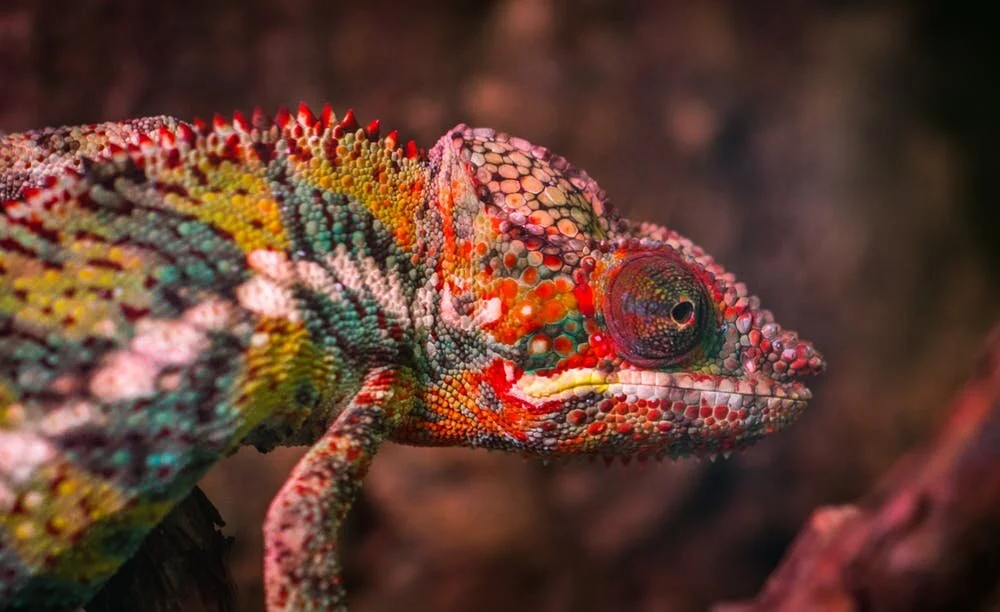Often times I am asked about my work with tribal nations from family, friends, and colleagues and what that work entails. I lead the community engagement efforts with the Collaborative Research Center for American Indian Health (CRCAIH) to help tribes build their research infrastructure. Five tribes, Oglala Sioux Tribe, Rosebud Sioux Tribe, Sisseton-Wahpeton Oyate, Tribal Nations Research Group with the Turtle Mountain Band of Chippewa Indians, and the Fond du Lac Band of Lake Superior Indians. Each tribal nation approaches how they build their infrastructure and capacity in various ways and have partnered with CRCAIH at different times in the last 6 years. What does that mean and why, is usually the follow up question.
Achieving Health Equity: Why It Matters
According to the Merriam-Webster Dictionary (20118), equitable means “having or exhibiting equity or dealing fairly and equally with all concerned” (2018). In an equitable society everyone would have equal access to goods and services regardless of socio-economic status, gender, race, and the alike. When we look at equity from a health lens, that means that everyone has the opportunity to achieve their highest level of health (Benjamin, 2018). Now, in an ideal world, that would be great, however, since we do not live in one, there is ample opportunity and need to achieve health equity.







